LAND OF RICHES, POOR WORKERS


The Philippines' Poor Agriculture System and Support for Local Farmers



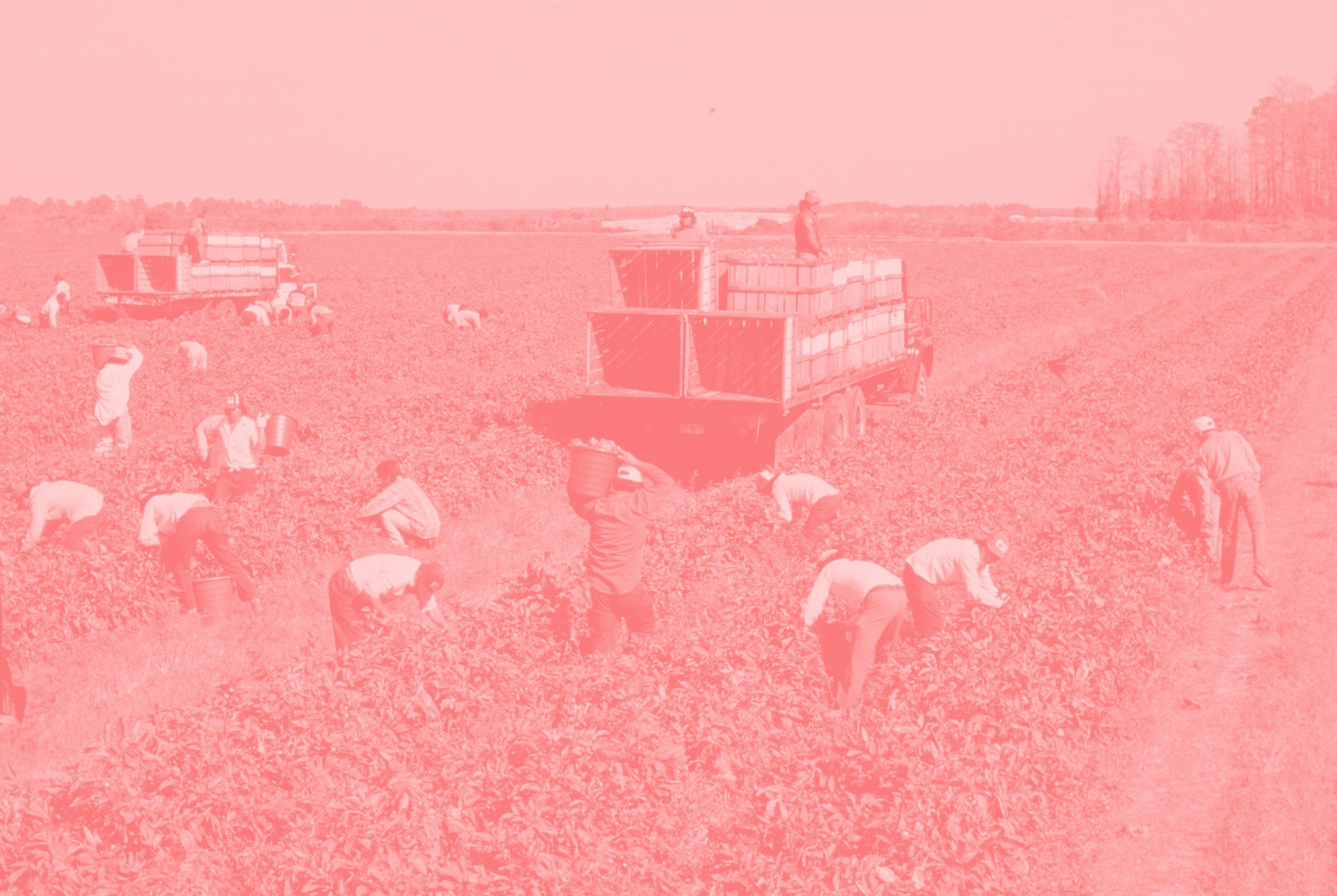
ORIGIN OF THE PROBLEM
RAPID URBANIZATION


As the country's population grows, there is an increasing demand for housing, infrastructure, and other urban development. This has led to a decrease in available farmland, making it harder for farmers to sustain their livelihoods.
TECHNOLOGICAL ADVANCEMENTS
The introduction of new farming technologies has led to increased productivity and efficiency, but it has also reduced the need for manual labor in the agricultural sector. This has resulted in a decrease in employment opportunities for agricultural workers.

ORIGIN OF THE PROBLEM


GLOBALIZATION
The opening of international markets and the increasing competition from cheaper imports have put pressure on local farmers to improve their productivity and efficiency. However, small-scale farmers often struggle to compete with large agribusinesses, leading to a decrease in the number of people employed in the sector.
CLIMATE CHANGE
The Philippines is highly vulnerable to the impacts of climate change, which include extreme weather events such as typhoons, floods, and droughts. These events can damage crops and infrastructure, leading to decreased productivity and lower employment rates in the agricultural sector.

CATALINA DELA PEÑA



Catalina Dela Peña has been a farmer in Nueva Ecija for 24 years. Her husband and her 5 children assist her in the farming business.
Before the pandemic, flooding was their main cause of concern where it can damage their crops, thus hindering their progress during harvest season.


The pandemic provided more challenges as it caused the consumers of the farmers' products to lose their jobs, making them unable to afford the food they produce. In order to have a source of income, farmers resorted to decreasing the price of their products which hurts them in the long run


HOW ARE THESE INJUSTICES SHOWN?
Below average minimum wage of 590, while the normal average wage rate is over 350 per day.
For perspective: A minimum wage is set as it is assumed that you will need a minimum of that amount to meet your needs daily alone. Hence, if you have a family and have different kinds of needs or type of consumption due to different age groups (children, elderly), then having lower minimum wage does not give the farmers any dignity to live.


Economic policies does not put them into key players: Rice tariffs lead to higher competition, meaning lower price and lower income

In fact, most of the farmers do not even own the crops they sell.
Encouragement for Foreign Firm establishments leads to purchasing some ancestral lands, forestry into plantations.

The by-product of these injustices is naturally the movement of labor to other industries. Statistics show that there is an increase in employment in services industries but has a decline in agricultural industry. In fact, demographics show that on average, a farmer is aged at 35+ which is alarming for labor retirement.

Another byproduct of the injustices is that the unprotected industry of agriculture in the Philippines has abused our farmers so badly that farmers liquidate their lands and refuse to cultivate their land. Example: Villar Corporation.
Overall, the fact that farmers choose to give up, shift their employment to services, and are aware and have accepted the injustices means this is a long-time problem, and the injustices are shown through their economic behavior and choices for their own utility and bloodline.

PAST INITIATIVES ON THE PROBLEM


RICE TARRIFICATION LAW

The Rice Tariffication Law (RTL) or Republic Act No. 11203 aims to lower the price of rice as it removes restrictions on imported rice and replaces this with a tariff system. These rates consist of a 35% tariff for ASEAN imports and a 50% tariff for non-ASEAN imports.
Although this may seem beneficial for the public, local farmers are struggling in competition with Thailand and Vietnam’s low prices. Farmers reveal that before the implementation of RTL, the farmers’ former pay of at least P17 per kilogram, has drastically changed to P7 to P10 per kilogram.
As farmers receive lower sources of income, an increasing number of farmers experience great difficulty in maintaining their own fields–which are typically taken advantage of by capitalists. People of power may decide to put up a retail mall or commercial area from the former farming land, which results to decreasing rice fields as time passes by.
With this major problem at hand, a protest on November 20, 2019, against the Rice Tarrification Law was conducted by various groups of people including farmers, farm workers, members of supporting civil society organizations, and many more. Through this, they demand stronger support for the rice trade by controlling the provision of infrastructure, drying and storage facilities, and promoting the expansion of agricultural cooperatives.
(CARP) Comprehensive Agrarian Reform Program

This program aims to help farmers through equitable distribution of land ownership, however, due to poor implementation this has become one of the reasons leading to a farmer’s losses in money. The average farmland size of the Philippines is now less than 1.5 hectares due to the declining income from traditional crops. Although it would be possible to produce a decent profit from high-value crops like vegetables or flowers, the majority of farmers typically produce corn and rice, therefore, making it more difficult to produce enough profit to support each of their families. Based on gathered data, the CARP initiative has reduced an average farm’s size by 34 percent and decreased the share of landless individuals by 20 percent. The poor implementation of this program has only caused more harm than improvement to the Philippine agricultural sector and is
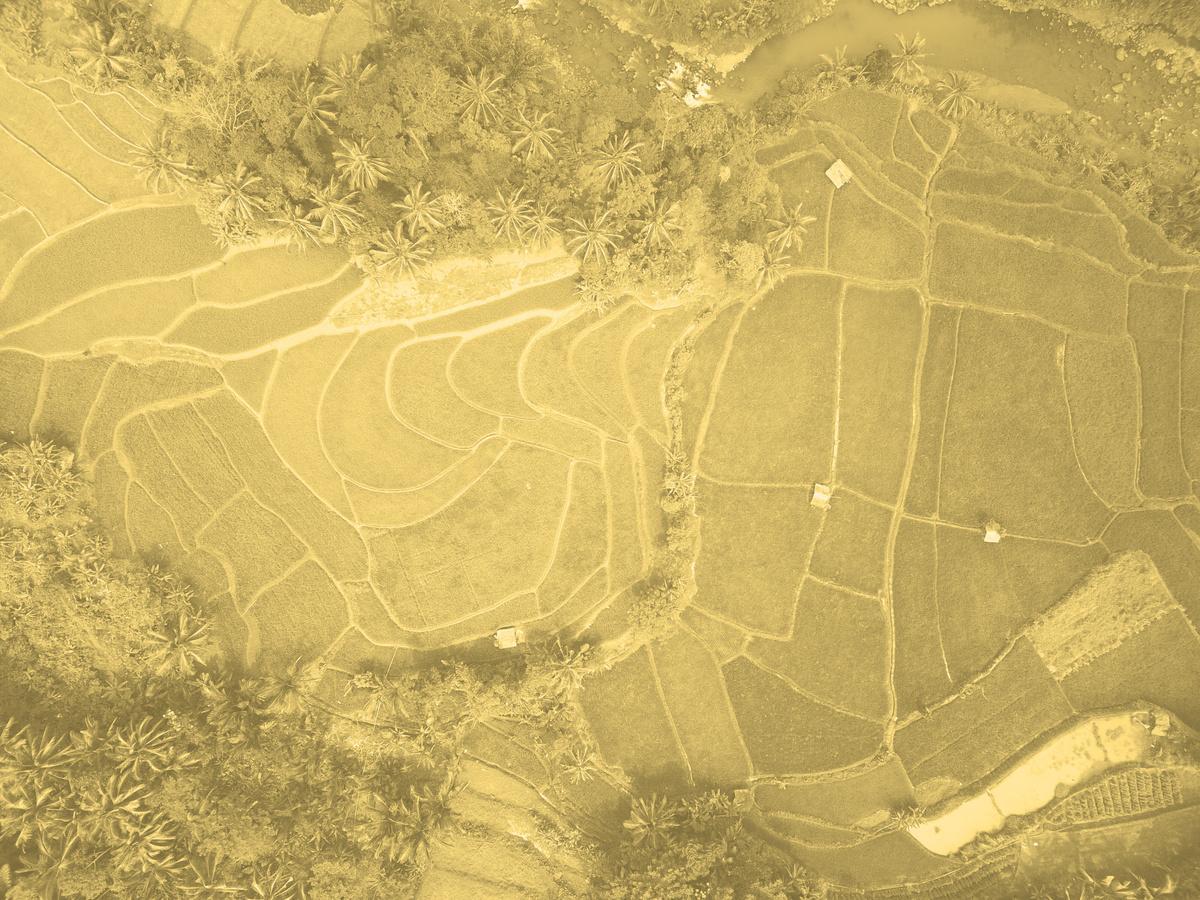
$500 MILLION ADB LOAN

On January 27, 2023, The Asian Development Bank approved a $500 million to support the Philippine Government’s initiatives toward the country’s agricultural sector. This loan also provides the provision of cash transfers to smallholder rice farmers, loans for agricultural enterprises, and farmers and fisherfolk recovering from the COVID-19 pandemic. Other than that, this also specifically targets Subprogram 2 of the Competitive and Inclusive Agriculture Development Program which seeks to develop the Philippines’ agricultural trade policy, enhance public services and finance for the sector, and social protection of rural families.


CAUSES & EFFECTS
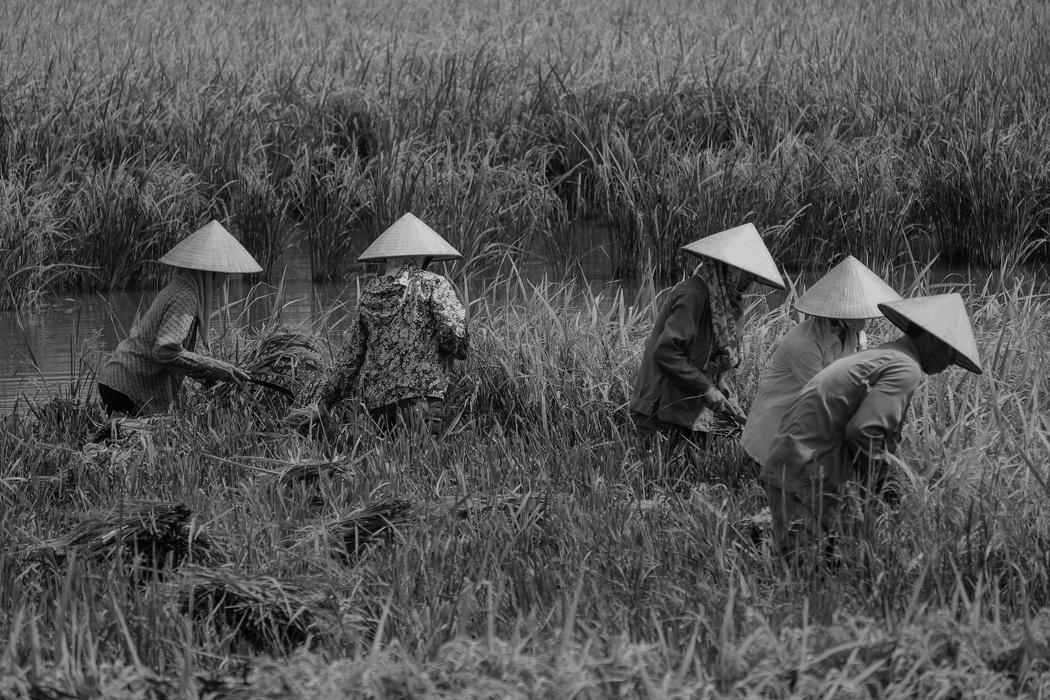



Land Ownership
One of the main causes of poverty among Filipino farmers is the lack of access to land. Many farmers do not own the land they farm and must rent it from affluent landowners who frequently impose exorbitant prices. The farmers' capacity to enhance their land over the long run is thus constrained.
Lack Access Lack Infrastructure


Many farmers in the Philippines lack access to sufficient funding to expand their operations. They are unable to afford advanced farming equipment, high-quality seeds, or fertilizers due to a lack of finances. They find it challenging to compete with larger-scale commercial farms as a result.
Many rural areas in the Philippines lack basic infrastructure such as roads, bridges, and irrigation systems, making it difficult for farmers to carry their crops to market and obtain essential services.
ROOT CAUSES

Middlemen
Farmers frequently have to sell their goods to middlemen who offer them low rates, which lowers their profitability. Middlemen, on the other hand, are primarily concerned with getting the product to market as quickly as possible in order to maximize their earnings.


Limited Education Climate Change



Resulting in lower crop yields and making it more difficult for farmers to make a living, as well as hurting domestic agricultural production, consumption, and food security.
Many Filipino farmers lack formal education and training on modern farming techniques, limiting their capacity to increase output and income.
Government
Government initiatives on land reform, agrarian reform, and agricultural subsidies are poorly executed, resulting in increasing inequality and poverty among farmers.
FOR PEOPLE INVOLVED
EFFECTS
Loss of Livelihood Migration Food Insecurity
Many people in rural areas rely on agriculture for their livelihoods. The decline in employment opportunities in the agricultural sector can lead to income loss, making it difficult for families to support themselves.
As opportunities in the agricultural sector decline, people may choose to migrate to urban areas in search of better employment opportunities Leading to urban overcrowding and more competition.

It may impact food security in the country. If there are fewer people working in agriculture, it may become more difficult to produce enough food to feed the population.

Poverty


Agriculture is an important sector for poverty reduction in the Philippines. The decline in employment opportunities can lead to an increase in poverty rates, particularly in rural areas.
Environmental Degration
As people move away from agriculture, land may be left unused and vulnerable to environmental degradation, such as soil erosion and deforestation.


FOR GENERAL COMMUNITY
EFFECTS
Food Insecurity Environmental Degration Health Hazards



Agriculture is an important contributor to the Philippine economy, and poor agricultural practices can result in food shortages and higher food prices, affecting the poor and vulnerable communities.
The Philippines is home to numerous unique ecosystems, yet poor agricultural practices such as deforestation, misuse of pesticides and herbicides, and monoculture can contribute to soil erosion, biodiversity
Chemical pesticides and herbicides used in agriculture can cause major health problems such as cancer, birth deformities, and neurological diseases in both farmers and consumers.
Climate Chang
Agriculture contributes si to greenhouse gas emis poor agricultural pract exacerbate climate chan can have serious consequences for the Philippines' economy and communities, such as more frequent and severe natural

the environmental damage caused by inefficient agricultural techniques can necessitate costly repairs and restoration efforts.


ANALYSIS IN HISTORICAL CONTEXT


RICE TARRIFICATION LAW
Traces of Modern Philippine agriculture became most visible to the outside world at the height of the Spanish regime when industries were encouraged and

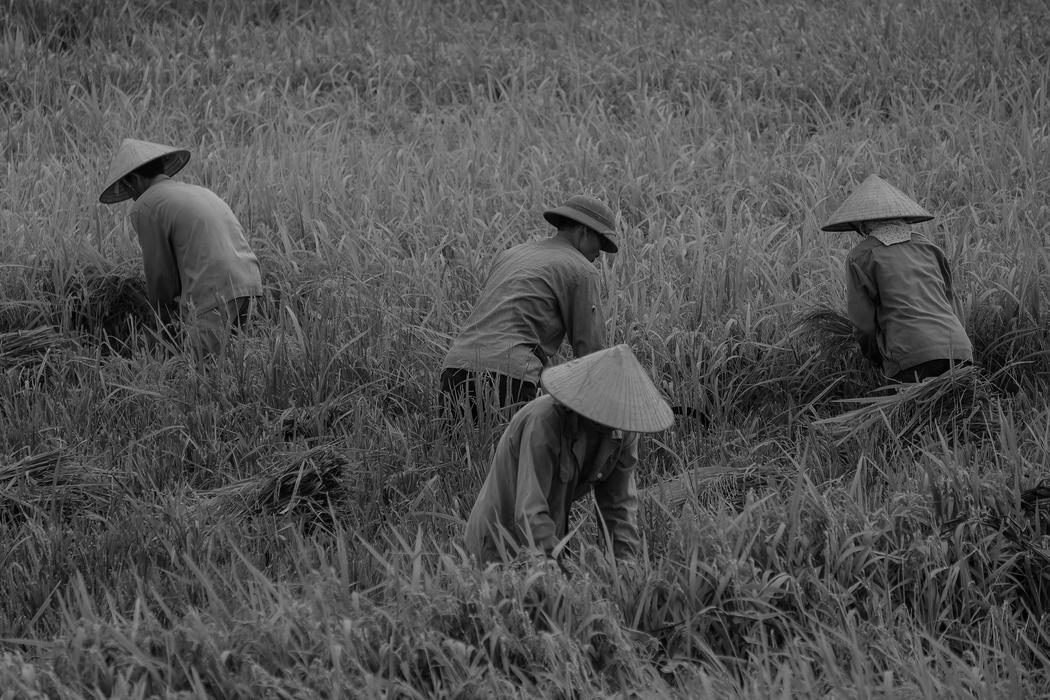
With the election of President Ferdinand E. Marcos, Vice President Lopez for the second time became the Secretary of Agriculture and Natural Resources, and also the racezar of the new administration For the first time of the Philippines became a rice exporter in 1968.
Under Martial law, by virtue of PD 461, The DANR was recognized in May 1974 into two departments, namely; The Department of Agriculture and The Department of Natural Resources. On June 22, 1978, by virtue of P.D. 1397, all departments were changed to ministries. At the helm of the Ministry of Agriculture was Minister Arturo R. Tanco, Jr (1974-1984) who launched the innovative Masagana 99 rice production program which revolutionized the rice industry and made the Philippine a rice exporter and self-sufficient in white corn. By virtue of PD 461, in June 1978, MA established 12 Regional offices each headed by a Regional Director.
Secretary Arthur C. Yap, appointed on August 23, 2004, continued to uphold the vision of a modernized smallholder agriculture and fisheries, a diversified rural economy that is dynamic, technologically advance and internationally competitive. Under his term, Goal 1 (develop two million hectares of new lands for agribusiness to contribute two million to the 10 million jobs targeted by 2010) and Goal 2 (make food plentiful while keeping the price of "wage goods" at low prices) were unveiled
When Secreta gressively and consistently im he attainment of food security and self sufficiency. Under FIELDS, the government’s centerpiece program on agriculture, unveiled during the 2008 Food Summit, Yap has set achievement records for the Philippine agri and aqua sectors.
On June 30, ongressman of Quezon an y. One of the principal aut Act of 2010, he is keen o by 2013 by expanding ar rmlands.

He introduced the concept of Agrikulturang Pilipino or Agr-Pinoy as the Department of Agriculture's over-all strategic framework that serves as a guide in the implementation of its various services and programs in 2011-2016 and beyond. Agri-Pinoy optimizes the development of Philippine resources, natural and human, to achieve goals in agriculture and fisheries, and contribute to national development with its battlecry.
"Sa Agri-Pinoy, asenso'y tuloy-tuloy".

COMPREHENSIVE AGRARIAN REFORM PROGRAM
arrangements. The program also provided support for farmers through credit, training, and infrastructure development
Despite its ambitious goals, the CARP faces many challenges and obstacles including inadequate funding, legal loopholes, and opposition from those in power.
As a result, many farmers were unable to receive the fill benefits of the program, and the issue of land reform remained a contentious and unresolved issue in historical and modern day Philippines.


$500 MILLION ADB LOAN


The Philippine government's reforms in the agriculture sector were supported by a $500 million loan that the Asian Development Bank (ADB) authorized in 2012. The loan was intended to boost the agricultural sector's productivity and competitiveness, which had been failing to meet the needs of a growing population and shifting global market circumstances
Agriculture has historically played a significant role in the Philippines' economy, contributing roughly one-fifth of the GDP and employing close to one-third of the labor force. However, the industry had grown more and more fragmented over time, and small-scale farmers now faced a variety of difficulties such as difficult access to capital, poor infrastructure, and low production.
The Philippine government had introduced a number of changes to the agriculture sector, notably the Agriculture and Fisheries Modernization Act (AFMA) and the Comprehensive Agrarian Reform Program (CARP), to address these issues Through support for small-scale farmers, the promotion of sustainable agricultural methods, and improvements to rural infrastructure, these reforms sought to increase the productivity and competitiveness of the industry
By sponsoring systems, the establishment o l help to smallscale farmers, t h the execution of significant po n also aimed to strengthen the
The Philippine cultural sector reforms since of small-scale farmers. The loan has also assisted in enhancing the nation s rural infrastructure and promoting sustainable agricultural practices, both of which are essential to raising the sector's competitiveness and long-term viability
Overall, by tackling significant issues in one of the nation's most significant sectors, the $500 million ADB loan to aid in Philippine agriculture sector reforms represents a significant investment in the future of the economy of the nation. The progress made so far indicates that the loan has had a beneficial impact on the industry and the livelihoods of those who depend on it, even though more has to be done to fully realize the advantages.
SOLUTIONS TO THE PROBLEM

SOLUTIONS
BUILD YOUTH'S INTEREST IN FARMING
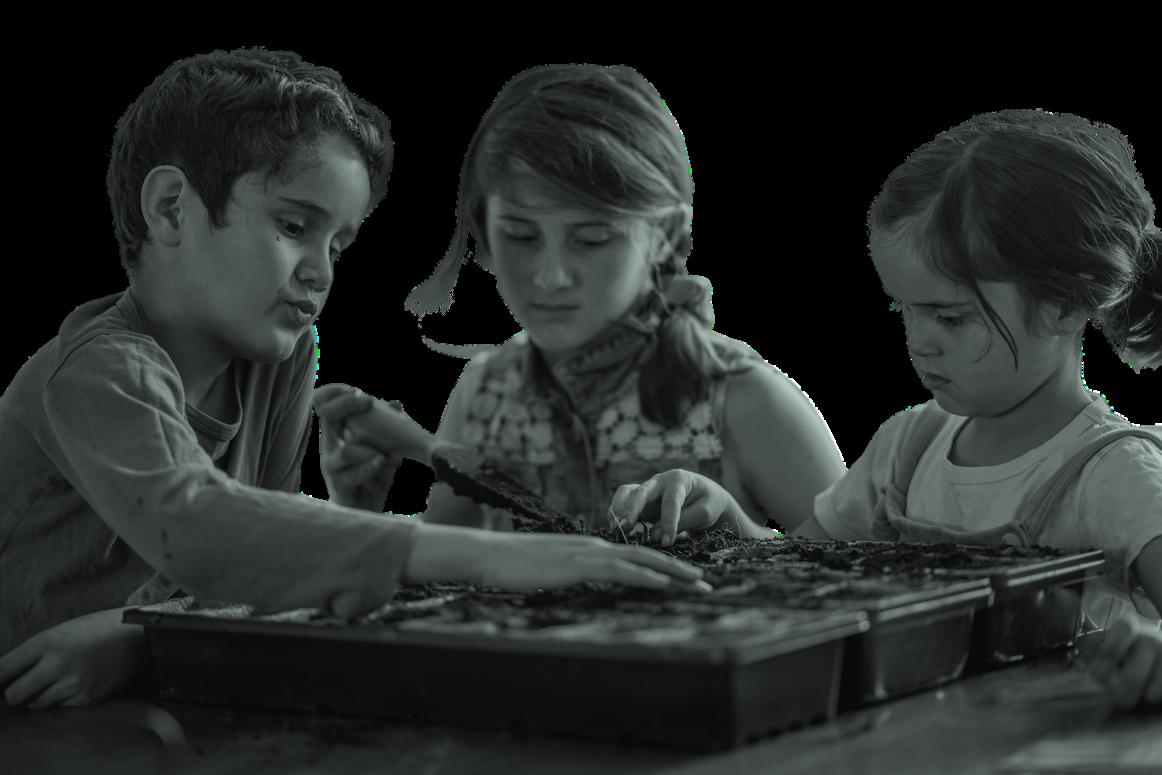
The youths have been interested as well as hands-on when it comes to addressing social issues. Advocating for the farmers is definitely within their skills.
Greater access to information is needed to pique the interest of the youths The implementation of agriculture particularly, farming into the education system is highly encouraged. With this, their knowledge in farming will be enhanced where they will eventually develop new practices and technology towards modern farming.
Highlighting the social aspect of farming, such as sustainable agriculture, may encourage them to farm with the aim of making a positive impact in their communities
Encouraging the youths to join agriculture-related programs. The following are some of the programs and organizations led by young people:
Cropital Enterprises Corporation, Philippines (Cropital)
Young Professionals for Agricultural Development (YPARD) Philippines


Good Food Co. (GFC)
Sierreza-Los Baños Community Shared Agriculture (CSA)
Zero-Waste Store and Artisan Café
ECONOMICS
Update and rewriting ineffective and inconsiderate fiscal policies regarding the agricultural industry. Protecting the industry’s profitability comes first in order to encourage laborers to cultivate lands as updating fiscal policies regarding agriculture would benefit land owners to produce more, hence giving more financial access to increase wages.

Rice tarrification law is basically a band-aid solution to rice shortages. Expansionary Fiscal policies for agricultural technology development would be better in the long-run as Philippines should be self-sustaining on agricultural commodities in the first place

Improving economic sanctions against oppressive employers since some employers tend to exploit worker’s wage for the reason of lowering expenses There is an existing policy on this but the lack of implementation results in injustices.


SUPPORT LOCAL FARMERS AND THEIR PRODUCTS
Rather than purchasing imported goods from other countries which is one of the leading factors for the decline of the employment rate in the agricultural sector, encouraging locally-made produce can benefit Filipino farmers. This can be done by fixing the agriculture transactions such as multiple middlemen that causes high prices of local goods at the end consumer reforming the rice tariffs, and expansionary fiscal policies for development.
The community can also contribute to this by:
Buying directly from the farmers themselves, ensures that farmers earn a fair price for their products and that you get the best quality available Informing friends and relatives about local farmers and their products. Spreading news and urge others to support local farms by using social media. Providing them a proper platform to promote their products whilst widening the target reach.
REFERENCES
Asian Development Bank. (n.d.). $500 Million ADB Loan to Support Philippine Agriculture Sector Reforms. Asian Development Bank. Retrieved April 13, 2023, from https://www adb org/news/500-million-adb-loan-support-philippine-agriculturesector-reforms
Asis, M. M. B. (2020, March 16). Sowing Hope: Agriculture as an Alternative to Migration for Young Filipinos? International Catholic Migration Commission. Retrieved April 14, 2023, from https://www.icmc.net/future-of-work/report/06philippines/
Bank, A. D. (2023, February 10). $500 Million ADB Loan to Support Philippine Agriculture Sector Reforms. Asian Development Bank. Retrieved April 18, 2023 from https://www.adb.org/news/500-million-adb-loan-support-philippine-agriculturesector-reforms
BusinessMirror. (2019, March 20). ‘Rice farm ers remain poor due to government’s bad policies’ BusinessMirror Retrieved from https://businessmirror.com.ph/2019/03/20/rice-farmers-remain-poor-due-togovernments-bad-policies/
Carbon, A. (2019, January 3). Agriculture: A Dying Sector in the Philippines? Linkedin. Retrieved April 17, 2023, from https://www.linkedin.com/pulse/agriculture-dyingsector-philippines-aur%C3%A9e-de-carbon
Department of Finance. (2022, May 20). Rice tariffication law plows in P46.6-B to farm sector over 2019-2021 period. Department of Finance. Retrieved from https://www.dof.gov.ph/rice-tariffication-law-plows-in-p46-6-b-to-farm-sectorover-2019-2021-period/
Donnges, C., Españo, M., Palarca, N. (2006). Philippines Infrastructure for RuralProductivity Enhancement International Labour Organization Retrieved April 17, 2021, from http://www.ilo.org/dyn/asist/docs/F1331991302/ratp14.pdf
REFERENCES
Establishing Youth Economic Settlement. (2021, December 1). What Is Lacking In The Philippines’ Agricultural Sector? Journal Online Retrieved from https://journal.com.ph/what-is-lacking-in-the-philippines-agricultural-sector/ Gamboa, R. (2022, February 3). A Middleman’s Business. Philstar. Retrieved April 17, 2023, from https://www.philstar.com/business/2022/02/03/2158117/middlemansbusiness
PH farms getting empty: Agriculture job loss a worrying trend (n d ) Retrieved April 14, 2023, from , https://www.pids.gov.ph/details/news/in-the-news/ph-farmsgetting-empty-agriculture-job-loss-a-worrying-trend
Standard, M. (2022, January 26). 6 Challenges Faced by Rice Farmers in the Philippines - Manila Standard. Manila Standard. Retrieved April 14, 2023, from https://manilastandard.net/spotlight/314202588/6-challenges-faced-by-ricefarmers-in-the-philippines
What Is Lacking In The Philippines’ Agricultural Sector? (2021, December 1). Journal Online. Retrieved April 14, 2023, from https://journal.com.ph/what-is-lacking-in-thephilippines-agricultural-sector/
GERPHIS Y34 - Group 3
ALMAZORA, JILIAN MAY BUSTOS
AQUINO, JEEN PAMELA
CARREON, ALESSANDRA REIGNE LABJATA
ESTEBAN, MA. JANINE CHELSEA RELLEGUE
GABATIN, KATRINA ANGELA BAUTISTA
GARCIA, ATASHA JANA ALZONA
JIANDANI, LEKISHA RAMNANI
PONIO, DAVID GERARDO ESPINO
YAP, ROVEE IVERSON MAGLALANG
LAND OF RICHES, POOR WORKERS




